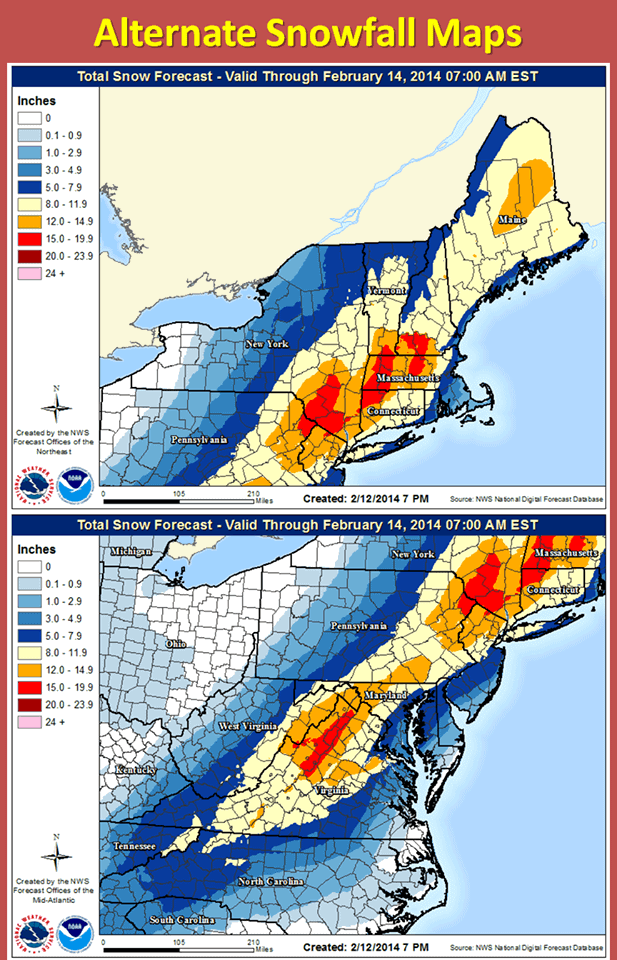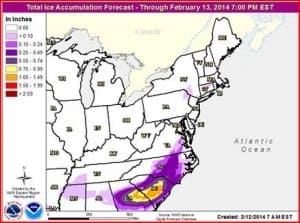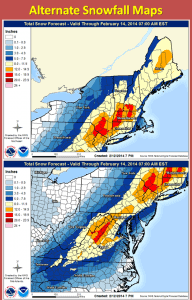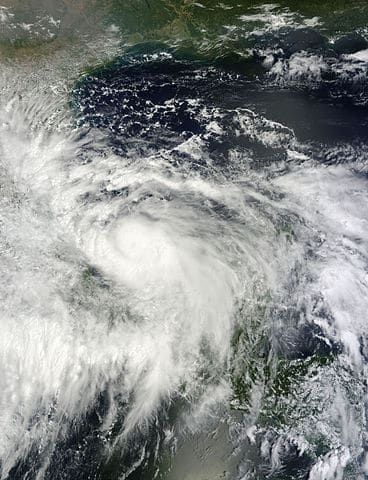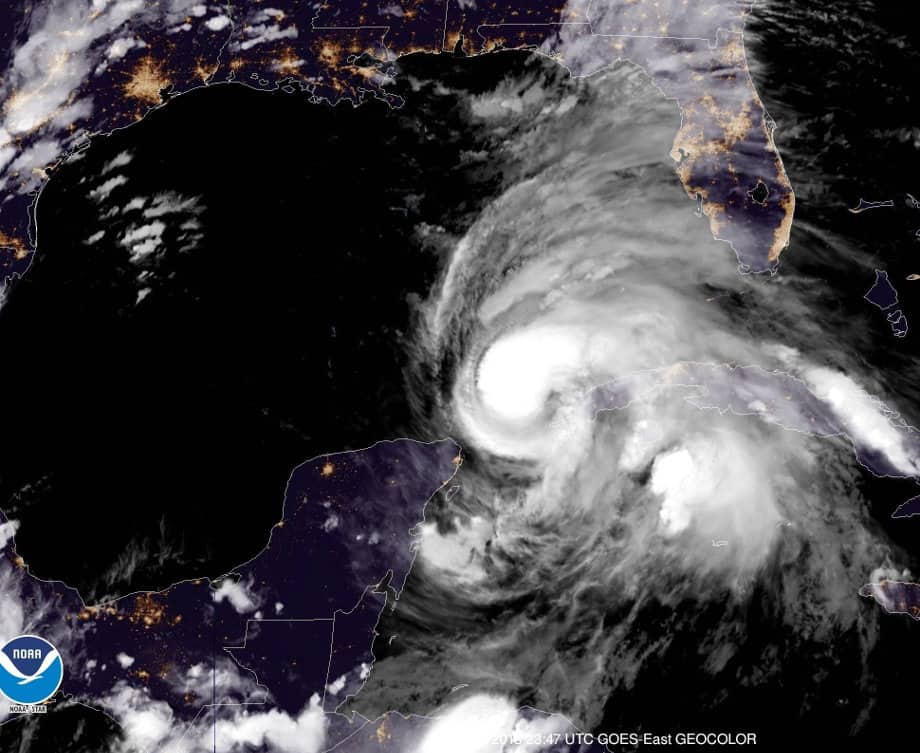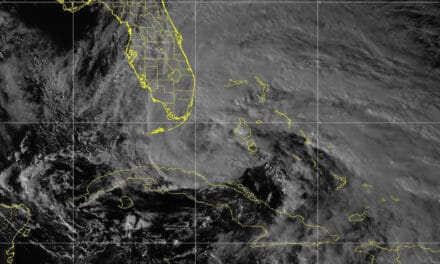By 9am Wednesday, the winter storm impacting the south had already accumulated more than 1/2 inch of ice in some areas. Ice accumulation rates of 0.1 inches per hour were expected to add even more ice, and the storm isn’t in a hurry to leave.
Road travel is extremely hazardous, and six people have been killed in Texas and Mississippi highway accidents attributed to the slick conditions.
Power outages had topped 100,000 customers by mid morning and increased to more than 200,000 homes and businesses by early Wednesday evening. Ice has damaged local distribution lines and long-distance transmission equipment.
Update: Friday February 14, 2014. The number of electric utility customers without power due to the storm peaked at nearly 1 million by late Thursday afternoon. Efforts were expected to restore most customers by Friday Evening, but some will remain without power into next week.
—
Overnight, more than a foot of snow is expected in parts of Georgia, but the ice accumulation along with 30 MPH gusts of wind will have greatest impact. As the storm moves up the coast, heavy snow is expected all the way to Maine.
Besides highway accidents, two deaths due to hypothermia are blamed on the storm. In once case, a 68 year-old woman was found dead in her unheated home. In another, a man was unable to make it back indoors, possibly due to a medical emergency, and was found dead Wednesday morning by his wife.
Update: Friday February 14, 2014. The storm is now being blamed for the deaths of more than 20 people.
—
Ice Storms
Three layers of air are necessary for an ice storm. The clouds make up the first layer where snow forms and begins falling toward the earth. The flakes reach a layer of warm air and melt into rain. The rain falls further and enters a sub-freezing layer of air close to the earth. The drops of water are already close to or at the freezing point.
When the water touches a surface below freezing, it quickly turns to ice and coats everything it touches.
A single electric wire between two poles can gather more than 500 pounds of weight from 1/2 inch of ice, and utility poles commonly support three electric utility wires in addition to cable distribution, and telephone. Combined with strong winds, the heavy weight can snap lines and poles.
Trees gather ice easily, and as the ice builds, large trees are burdened with thousands of pounds of ice, and branches snap and fall, damaging homes and power lines.
Surviving the Storm
Ice storms are dangerous, and despite widespread warnings, they often claim lives unnecessarily.
Don’t travel. Stay home and stay indoors. Don’t let children play outside under trees or power lines. Bring your pets indoors too. If it’s too cold for you, it’s too cold for them.
If you lose power, keep the refrigerator closed and it will maintain it’s cold temperature for about four hours. Freezers will keep food frozen for about two days if they remain shut.
Generators can supply power, but use them safely. Position portable generators away from the home and use approved outdoor extension cords to power appliances. Never run a portable generator indoors or inside a garage. Carbon monoxide in the fumes can kill within minutes. Make sure that the vents on standby generators remain clear of ice and snow.
Fortunately, the impact of this storm on the south will likely only last a few days as the weather warms quickly into the 40s on Thursday, and the 50s on Friday. Ice on the lines and branches will melt, road crews will clear away the ice and snow, and children will return to school. Although a foot or more of snow is nothing new to the Northeast, the impact of power outages is still a risk because some areas expect a wintry mix before the snow.
This storm will pass and we can begin to get ready for the next one.
Images by National Weather Service

